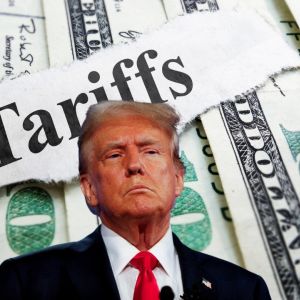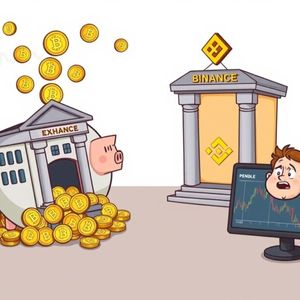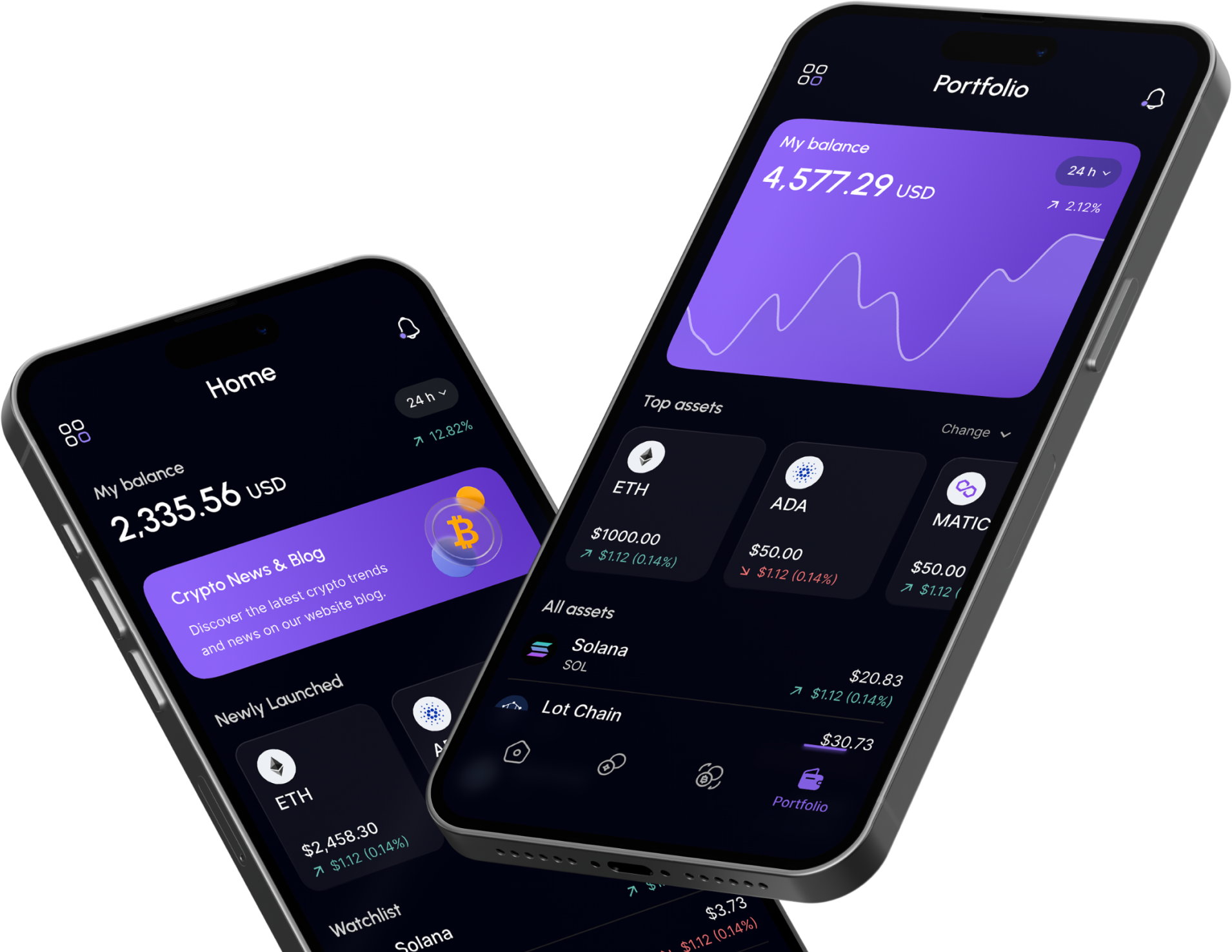COINOTAG News reported on September 1 that, according to Onchain Lens monitoring, the largest profit taker on WLFI unwound a 3x leveraged long, realizing approximately $915,000 in gains. Chain records
Bitcoin Tests $107k–$110k Support as Extreme Open Interest and Stablecoin Flows Hint at Possible Rebound or Deeper Pullback
Bitcoin is testing key support at $107k–$110k while Open Interest and stablecoin flows signal a liquidity reset; this combination raises the risk of a short squeeze or deeper drawdown depending
Metaplanet Raises Bitcoin Holdings to 20,000 BTC After 1,009 BTC Purchase; Eric Trump Urges Funding Vote
In a governance-focused update, COINOTAG reported that Eric Trump recommended Tokyo-listed Metaplanet submit a shareholder vote on its proposed funding plan. Separately, the publicly traded company disclosed an acquisition of
WLFI Multisig Sends 47 Tokens to Jump Crypto in Test; Jump Becomes Second Public Liquidity Provider After DWF Labs
COINOTAG reported on September 1 that on-chain analyst Ai Auntie (@ai_9684xtpa) observed the WLFI official multisig wallet transfer 47 tokens to Jump Crypto as a small-value test. The on-chain movement
Binance Appoints SB Seker as Head of Asia Pacific — Signaling Stronger BNB Strategy and Regulatory Push in APAC
Binance has appointed SB Seker as its new Head of Asia Pacific, the exchange confirmed. In this role Seker will lead regional strategy, oversee day-to-day operations and drive regulatory engagement
Binance to List World Liberty Financial (WLFI) on Sept 1, 2025 — Trading Live 21:00 UTC with WLFI/USDT & WLFI/USDC; Seed Tag Applied
COINOTAG News reports that Binance will list World Liberty Financial (WLFI) on September 1, 2025 at 21:00 UTC, applying a seed tag. Trading will commence on spot pairs WLFI/USDT and
BlockDAG’s Record $388M Presale & 3M Miners Position It Above SOL’s Volatility & LINK’s Bullish Path
The conversation in crypto is being driven by two familiar names. Solana has bounced back from recent volatility, with sharp price movements keeping traders on edge. At the same time, Chainlink is gaining attention with bullish predictions fueled by whale accumulation and new partnerships that continue to strengthen its network. While these coins dominate headlines, another story is unfolding away from the charts. BlockDAG’s (BDAG) presale has already raised more than $388 million, making it one of the strongest early-stage performers in 2025. The X1 miner app now boasts over 3 million active users, showing adoption at a scale few presale projects can match. Each miner adds to demand, security, and scarcity, creating a cycle that positions BlockDAG as a rare opportunity ahead of its exchange debut. Solana Shows Renewed Strength After Sharp Rebound Solana has demonstrated resilience after a turbulent few days. The price fell to $176.27 on August 19 but quickly rebounded to $187.95 the following day, now holding steady around $184 to $185. Traders are watching the $188 to $195 zone as the next resistance, with the potential of $200 to $220 if momentum continues. Behind the price action, strong whale activity and profit-taking have shaped the market. A new wallet recently withdrew 60,000 SOL worth more than $11 million from Binance, while long-term holders realized $105 million in profits before the bounce. Institutional inflows, including a $1.15 billion IPO settlement, have supported the rebound, with analysts eyeing $192 to $195 as the next target. LINK Builds Momentum With Adoption and Accumulation Chainlink has been gathering momentum with LINK trading around $25 to $26 after recovering from a brief pullback. The token climbed above key Fibonacci levels on August 20, with analysts setting their sights on $30.55 as the next near-term goal. More than 9,600 new wallets were created in a single day, the highest in 2025, reflecting rising demand and user activity. Institutional and whale confidence is reinforcing this trend. Large holders have accumulated over 1.29 million LINK worth about $31 million in four days, while trading volume rose 7.7% and open interest gained 15%. Chainlink’s partnership with Intercontinental Exchange has also expanded adoption by bringing forex and metals data on-chain, with analysts suggesting a possible run toward $38 to $40 if $30 resistance levels are cleared. BlockDAG’s X1 App Drives Mass Adoption: 3M Users Hit BlockDAG’s presale has become one of the most talked-about stories in crypto, and a major reason is the explosive adoption of its X1 mobile mining app. The platform has already attracted more than 3 million active users who mine BDAG coins daily. This is not just casual interest; it represents a committed community that mines, holds, and steadily reduces supply while fueling constant conversations around the project. The result is a powerful cycle of growth and scarcity that strengthens BlockDAG’s positioning in the market. At the same time, the presale itself has exceeded expectations, raising over $388 million while selling more than 25.6 billion BDAG coins across 30 batches. Each new batch brings a higher price, which has created real urgency for buyers entering late. Early participants from batch one are already seeing paper returns of 2,900%, a signal of the kind of upside potential if BlockDAG lists as strongly as anticipated. Behind this surge is BlockDAG’s technology. Its hybrid architecture combines DAG scalability with Proof-of-Work security, achieving speeds of up to 15,000 transactions per second. Full EVM compatibility ensures developers can build Ethereum-based applications seamlessly, while 19,000 ASIC miners have already been shipped. Looking ahead, confirmed listings on MEXC, LBank, CoinStore, XT.com, and BitMart, alongside talks with Coinbase and Gemini, provide further momentum. With millions of grassroots miners, a growing developer ecosystem, and a presale hard cap of $600 million, BlockDAG has built a compelling case as one of the best crypto options for sustained returns in the years to come. Points to Remember Solana’s rebound into the mid $180s highlights how its price action continues to attract traders, supported by strong whale moves and institutional inflows. Chainlink is also pushing higher with bullish momentum, as whale accumulation, network growth, and its ICE partnership drive confidence toward $30 and beyond. Both remain important players in the broader market and continue to show resilience. BlockDAG, however, is carving its own path with adoption numbers that stand out. With more miners actively holding, supply tightens, and long-term upside becomes clearer. Supported by a powerful presale, upcoming exchange listings, and a growing community, BlockDAG is being recognized as one of the best crypto opportunities for higher returns in 2025. Presale: https://purchase.blockdag.network Website: https://blockdag.network Telegram: https://t.me/blockDAGnetworkOfficial Discord: https://discord.gg/Q7BxghMVyu The post BlockDAG’s Record $388M Presale & 3M Miners Position It Above SOL’s Volatility & LINK’s Bullish Path appeared first on TheCoinrise.com .
Solana’s Alpenglow Proposal Could Pass With Over 99% Support, Potentially Reducing Finality to 150ms
Alpenglow is a Solana consensus upgrade that aims to cut transaction finality to about 150 milliseconds, potentially making Solana one of the fastest layer-1 blockchains. The proposal has received over
ETH Whale Adds 20,800 ETH ($92.8M) at $4,450–$4,470 Despite Liquidation Risk Near $4,298, Eyes $5,300
According to on-chain analytics from lookonchain, the whale address 0xa523 registered an unrealized loss exceeding $23 million over the prior week while maintaining a concentrated long exposure to ETH, underscoring
AVAX Faces $27 Resistance as Transactions Rise Despite Fewer Active Addresses; Could Target $16 Support
AVAX price is trading near $24 after multiple rejections at the $27 resistance, with technical analysis indicating a horizontal range between $16 and $27; rising transaction volume (+66%) alongside falling
Trader Turns $1.02M into $26.07M on Hyperliquid — Closes $35.45M ETH & $17.68M SOL Shorts, Opens 6,590 ETH 20x Long
According to COINOTAG and monitoring by LookIntoChain, trader 0x044d expanded a Hyperliquid account from an initial $1.02 million to $26.07 million, recording a net profit exceeding $25 million based on
Subscribe to Our Newsletter
Subscribe to our newsletter for the latest crypto news and insights, delivered directly to your inbox.










































